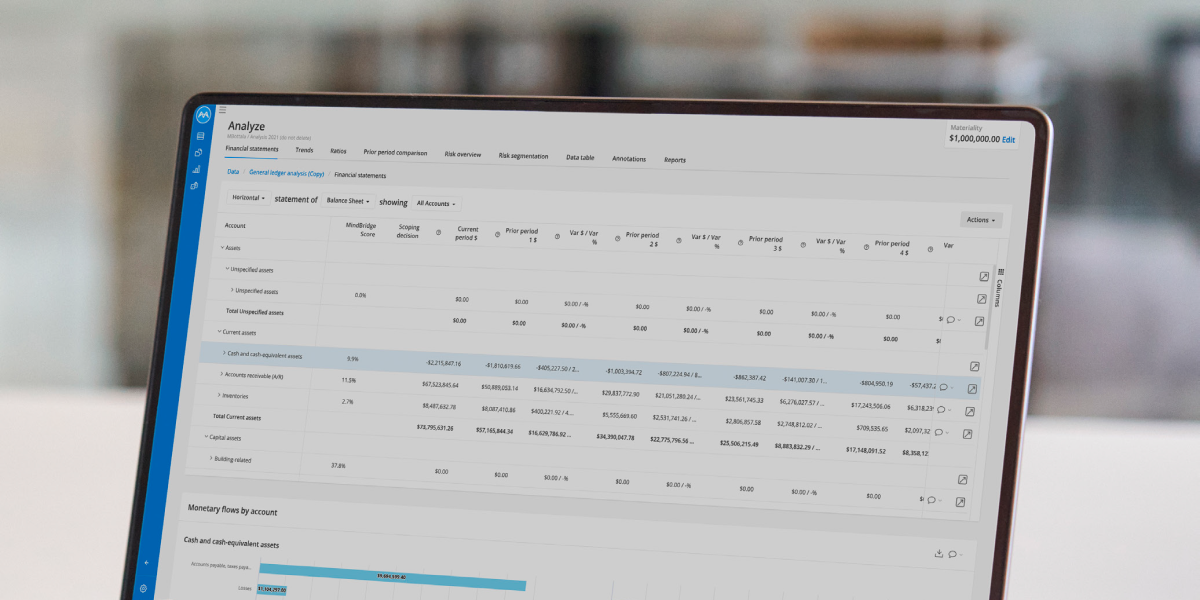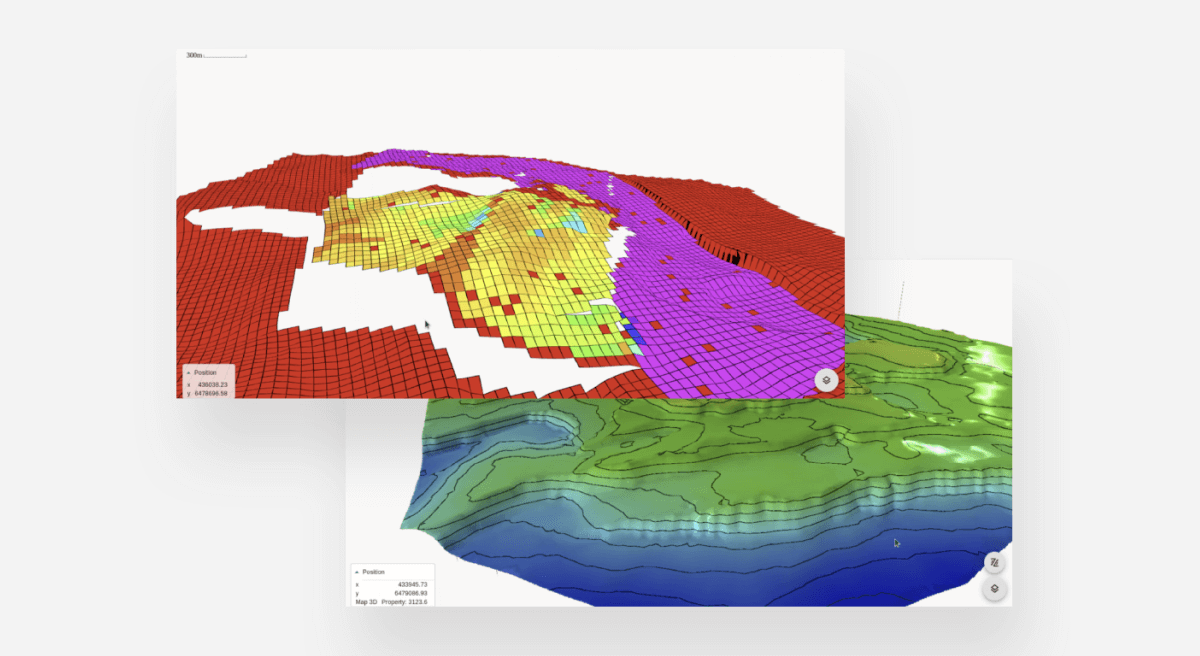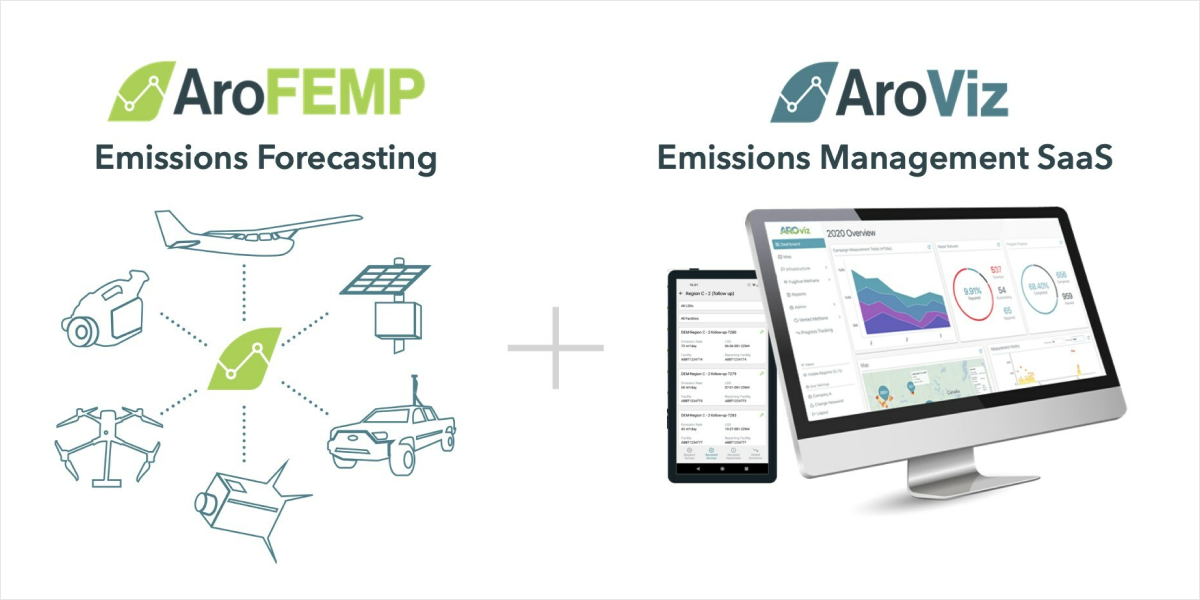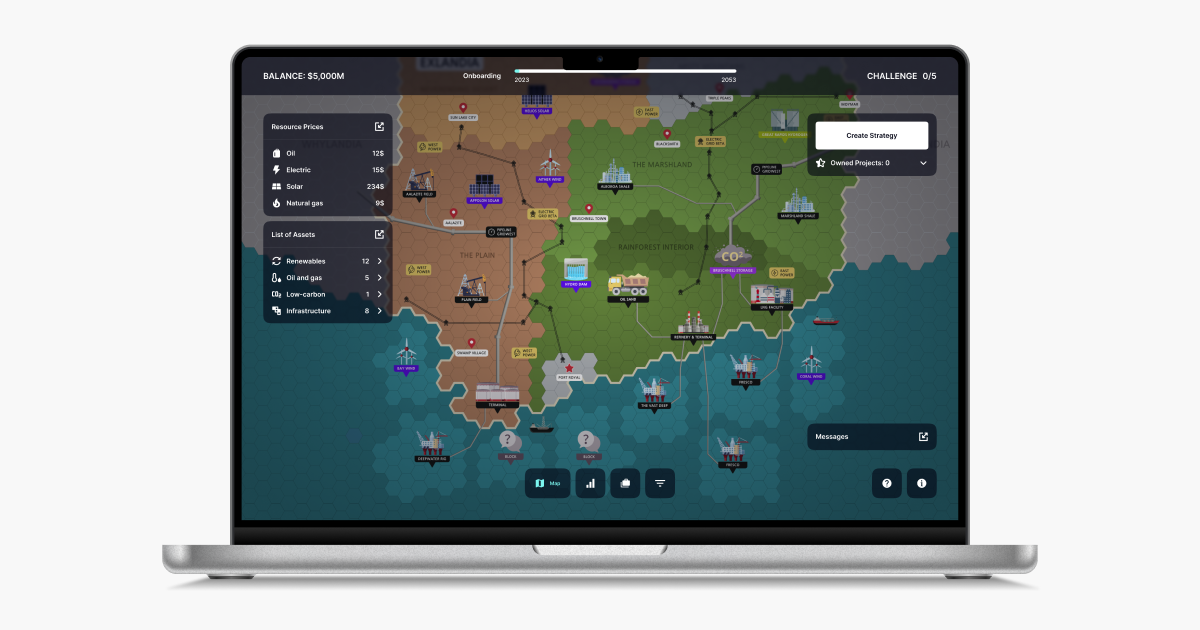In 2024, the energy landscape is defined by the processes of transformation and innovation. Solutions powered by AI, digital twins, and advanced data analytics are opening the path to a more efficient and sustainable use of energy.
In this blog article, Bamboo Agile experts look at the top energy advancements and spotlight the latest trends that are essential to follow if you aim to be at the industry forefront.
The State of the Energy Software Market
The energy software market continues to exhibit notable expansion and changing patterns across several categories. In 2022, it was valued at $37.86 billion, and by 2028 it is projected to reach $69.30 billion.
Overall, the ongoing transformation of energy management becomes a cross-industrial collaborative task rather than a single company goal. For instance, in Australia, the national science agency CSIRO conducts a 10-week research and development training program for SMEs working on innovative energy solutions. The European Union regularly revises its Energy Efficiency Directive based on the changing energy policy that strives to establish ‘energy efficiency first’ as its fundamental principle.
As a result, the use of energy management systems (EMS) is being propelled by energy efficiency and waste reduction activities.
Bamboo Agile experts chose a number of the most innovative projects in the energy sector. We invite you to have a look at them – and maybe get inspired to introduce these kinds of solutions into your business agenda.
Energy Software Trends in 2024
From solutions for data analysis based on AI to digital twins for complex global asset digitization initiatives, these are the energy software trends for 2024.
Data Management and Analytics
In a time when data is worth just as much as oil, energy businesses are using analytics and data management to increase the pace of their operations. Analytic tools are important for overseeing everything, from the integration of renewable energy sources to grid operations.
Predictive Maintenance
This is a trend that never goes out of style in the energy industry. It helps prevent downtime, extend asset lifespan, and maximize the use of maintenance resources.
In 2023, C3 AI, an enterprise AI application software company, announced a partnership with Shell to include their predictive maintenance software in the C3 AI Reliability application. Shell has created innovative models and application functions that address global corporate data, automation, and usability issues while anticipating maintenance requirements for control valves and critical equipment.

Another prominent example of the use of predictive maintenance in the energy industry is Aramco’s Metabrain AI. It is the world’s first industrial generative artificial intelligence model, which was developed by Aramco to make predictions or generate outputs. Metabrain AI has 250 billion parameters, or learnable variables, and was trained on 7 trillion data points gathered over Aramco’s 90-year history.
Financial and Business Data Analysis
From identifying energy waste to planning investments, financial data analytics and energy software are an efficiency-boosting combination for businesses in the energy sector.
Large-scale market player Chevron recently partnered with MindBridge, an AI company, to bring to life a financial transaction risk analytics system. Chevron’s goal was to address its various data analytics challenges in one software system, and MindBridge delivered a multifunctional platform that Chevron can use in the general ledger analysis, receivables, payables, payroll, and vendor invoice analytics.

Subsurface Data Analysis
Subsurface data analysis systems offer a profound comprehension of the subsurface of the earth through the processing of intricate geological data, such as seismic surveys and well logs.
Chevron Corporation continues paving the way for innovation here. The company united its forces with Ellis SAS to create and commercialize innovative artificial intelligence (AI) algorithms for modeling, subsurface characterization, and seismic interpretation. Eliis’s methodologies combined with Chevron’s AI models for automatic fault discovery can save hours upon hours while performing structural interpretation in any geological environment.

Equinor, an international energy company, relies on precise data models in its operations. However, maintaining these models up to date for different projects required a lot of work and was prone to mistakes. To address this, Equinor created Webviz, a web-based tool that makes data processing and visualization easier. Engineers can work together more effectively and generate personalized dashboards with Webviz, which improves decision-making. Due to the platform’s success, it has expanded into carbon capture and wind farm projects, demonstrating its adaptability and potential for more uses.

Equinor is no stranger to introducing innovative technologies to its business operations. In a move to streamline subsurface data management, Equinor selected Halliburton’s Landmark DecisionSpace Geosciences suite and OpenWorks as its standard geoscience tools. This decision creates a unified platform for geoscientists to collaborate across projects and share expertise. By consolidating data in OpenWorks, Equinor gains improved accessibility, quality control, and a smoother transition to cloud-based operations.
Last but not least is Bluware’s deep learning tool Pickasso for Shell. To increase the speed and precision of seismic data analysis throughout its global energy operations, Shell is utilizing Bluware’s seismic interpretation technology to a larger extent. In particular, Pickasso’s real-time learning capabilities improve subsurface understanding of Shell’s green energy efforts, such as carbon capture and storage, as well as traditional oil and gas development.
Market Data Analytics Tools
Innovations in the energy software industry include market data analytics tools. They offer valuable insights to companies by analyzing large datasets on energy pricing, weather trends, and consumer behavior. All of this lowers costs and increases efficiency throughout the energy ecosystem.
Uniper and Digiterre’s partnership is one instance of this. Uniper’s Market Analytics and Data Management teams worked with Digiterre to build the new Market Data Analytics Platform (MDAP). The platform is intended for faster, smarter market data analysis to lead in energy trading.
The project’s main objectives were to:
- enhance capacity to correlate and model bigger and more varied near-real-time data sets
- get more value in less time from the enormous amount of data
- minimize the complexity and operating costs related to market data analytics.
As a result, Uniper was able to reduce operational costs by 30% and improve performance tenfold.
Carbon and Waste Data Management
Managing waste and carbon data opens the door to a more environmentally friendly future. Software systems can identify areas of inefficiency in power generation and consumption by tracking and analyzing this data. This gives businesses the ability to use resources more efficiently, rely less on fossil fuels, and produce less waste.
The utility company ENGIE paired up with EcoOnline to completely revamp the way the company measured its carbon footprint. A new solution, Info Exchange, replaced the old internal reporting system based on SharePoint. By enabling centralized data gathering from each of the 1,400 ENGIE facilities, Info Exchange helps to streamline initiatives related to waste management, compliance reporting, and reducing carbon footprint.
Digital Twin
Digital twins are transforming the energy software market by modeling physical assets and operations virtually. Real-time data from sensors and other sources is incorporated into these virtual models, which enables improved comprehension and efficiency of energy systems.
This is yet another energy software trend adopted by the industry giant Chevron. It invited Kongsberg Digital, a Norwegian software company, to digitize its global assets using the digital twin technology. Chevron will benefit from it in terms of project execution and work planning. Additionally, the digital twin will speed up troubleshooting, cut expenses, improve decision-making, and lessen the danger to process and personal safety.
ENGIE has jumped on the digital twin train as well, collaborating with PTC, a US-based software and digital transformation expert, on the development of a virtual furnace that functions in real time. According to ENGIE, they had difficulty with replacing industrial equipment — these are large, complicated machinery, and changing a furnace is not as simple as changing a car. As a result, they needed a way to verify and adjust how large machinery and equipment are set up, and the company determined that a digital twin could be able to help.
Energy Management Systems (+AI in Energy Management)
Energy management systems (EMS) aid companies in cost savings through identified inefficiencies, predictive maintenance to reduce downtime, and participation in demand-response programs. Furthermore, companies introduce AI to their energy management software to help integrate renewable energy sources and optimize energy use for better sustainability. This ultimately transforms EMS into powerful tools for a more efficient and sustainable future.
Look at Ørsted, for instance. The company that is known for renewable energy innovations combined its efforts with the AI company SparkCognition to enhance its asset performance management with the Renewable Suite AI solution. Ørsted plans to boost energy output, save maintenance expenses, and enhance operational effectiveness.
Methane Management
When it comes to managing methane, energy software can be quite beneficial. The software detects leaks and inefficiencies in real time by continuously monitoring various processes and equipment used in natural gas operations. As a result, methane leakage into the atmosphere is reduced and repairs and modifications may be made more quickly.
This is where Chevron steps up once again. The energy behemoth supports companies that develop technologies advantageous to the energy industry through its Chevron Technology Ventures (CTV) Catalyst Program. Arolytics, a company that creates emissions software for the oil and gas industry, was accepted into CTV to develop tools for methane emissions management.

In addition, Chevron and the National Renewable Energy Laboratory help entrepreneurs commercialize lower-carbon university/lab technologies through Chevron Studio. It is a Houston-based program that pairs entrepreneurs with technology to help them launch their businesses. One of the companies that were invited to participate in the Chevron Studio scale-up stage is Aquanta Vision. It is a climate tech company that employs computer vision to automate the identification of methane in optical gas imaging, or OGI. The technology from Aquanta works with all OGI cameras and doesn’t require any human involvement.
Smart Infrastructure
Energy software is the brain of smart infrastructure. It converts sensor data from grids, transit systems, and buildings into insights that can be put to use. This enables the tracking of energy consumption in real time and identifies inefficiencies.
An automated system may, for example, detect buildings that use too much illumination at night and change the settings accordingly. In order to lessen the burden on the grid during peak hours, the software can also forecast energy demands and improve its distribution.
Charging and Gas Stations
Vehicle electrification is essential for energy transition and cutting emissions. Nevertheless, it also presents difficulties for companies like Shell that have to navigate the transition. To solve this problem, Shell is utilizing Gridcog’s software. The collaboration aims at providing innovative energy solutions, like arranging fast chargers and battery storage at forecourts in a strategic manner, as well as investigating new revenue streams for fleets by maximizing energy use during off-peak hours. In Europe, this partnership between Gridcog and Shell is a big step in the direction of cleaner energy.

Another notable project is ENGIE Vianeo and Sitetracker. ENGIE Vianeo, a leader in the installation of electric vehicle charging stations in France, has selected Sitetracker’s software to oversee its expanding global network of stations. In the end, this will speed up the switch to clean energy by enabling companies to centralize data, enhance deadline management, and work effectively with subcontractors.
Vehicle-to-Grid
Electric car batteries are able to recharge and return energy to appropriate power systems thanks to a technique known as vehicle-to-grid, or V2G. Essentially, this smart charging technology makes it possible for automobile batteries to function as energy storage devices within the electrical grid, much like a power plant, supplying homes and businesses with electricity as needed.
A real-life example of the useful application of vehicle-to-grid technology took place in Germany in June 2023. There was a power shortfall due to line problems and a power plant failure. More than 4,500 inactive EV batteries were being drawn upon by smart charging software to maintain power to 20,000 households.
In the Netherlands, Shell is using software by Gridcog to unlock profits from electric fleets through V2G. The company also collaborates with Gridcog to optimize charging station design and fast-track deployment for peak demand.
Energy Trading
Using energy software, traders can concentrate on strategy and analysis by having time-consuming operations like data entry and trade execution automated.
Ørsted, a clean energy leader, chose PCI Energy Solutions to deploy its Energy Trading and Risk Management (ETRM) software. The collaboration is aimed at expediting Ørsted’s trading operations for FTRs (financial transmission rights), OTC (over-the-counter) trades, exchange trades, and wholesale multi-market “bid-to-bill” features. Ørsted also plans to support its expansion goals in the US renewable energy industry.
In Europe, Ørsted selected Previse Systems to modernize their energy trading platform. Previse Systems’ product, Previse Coral, was an excellent fit for a cloud-based system to effectively manage Ørsted’s electricity and gas trading operations. The system will automate deal capturing, workflows, and back-office procedures throughout Ørsted’s European trading operations. Additionally, it is adaptable enough to manage Ørsted’s wide range of energy products, which includes fuels and metals.
Renewable Energy Innovations
Energy software acts as the creative force behind renewable energy trends. There is an indefinite number of opportunities for its use in the industry. For example, wind farm operators can identify turbine problems before they result in expensive downtime by using software such as remote monitoring systems.
Big energy companies make the use of green energy innovations their goal for the foreseeable future. The recent partnership between Shell and Wavestone is a good example of this. Shell desired to join the highly competitive B2C renewable energy sector but lacked expertise. They needed a partner to define customer experience, find technology partners, and build a self-serve digital platform quickly. Wavestone filled this role, designing customer journeys, shaping the project, and pushing vendors for innovative energy solutions. Сombined with a contemporary billing system, the resulting hybrid sales and CRM solution provide Shell’s clients with an exceptional digital experience. Furthermore, it brings Shell closer to its carbon neutrality goals.
Bamboo Agile also has hands-on experience with the renewable energy trend.
One of our clients asked our team to create a business simulation game that teaches the fundamentals and dynamics of an offshore wind company. The game provides a chance to practice in a secure setting and gain knowledge from both one’s own and other people’s behaviors.

Overall, this year’s trending energy solutions are not just efficient – they use green energy innovations to create a more sustainable future.
How Bamboo Agile Can Help with Innovations in the Energy Sector
Bamboo Agile helps energy companies innovate their processes through custom software development. We have over 20 years of experience in software development and can provide comprehensive services, from AI-powered EMS to smart city infrastructure solutions. Whether you are optimizing exploration and production or integrating renewable energy sources, Bamboo Agile is your perfect tech partner in fostering efficiency and sustainability.
Conclusion
In 2024, data analytics and AI in energy management are driving a plethora of innovations in the sector. Every aspect of it is changing thanks to energy software, from methane leak monitoring to smart grid management. Innovative energy solutions are opening the door to a more efficient and sustainable energy future, whether they are used to streamline energy trade or improve asset management.



